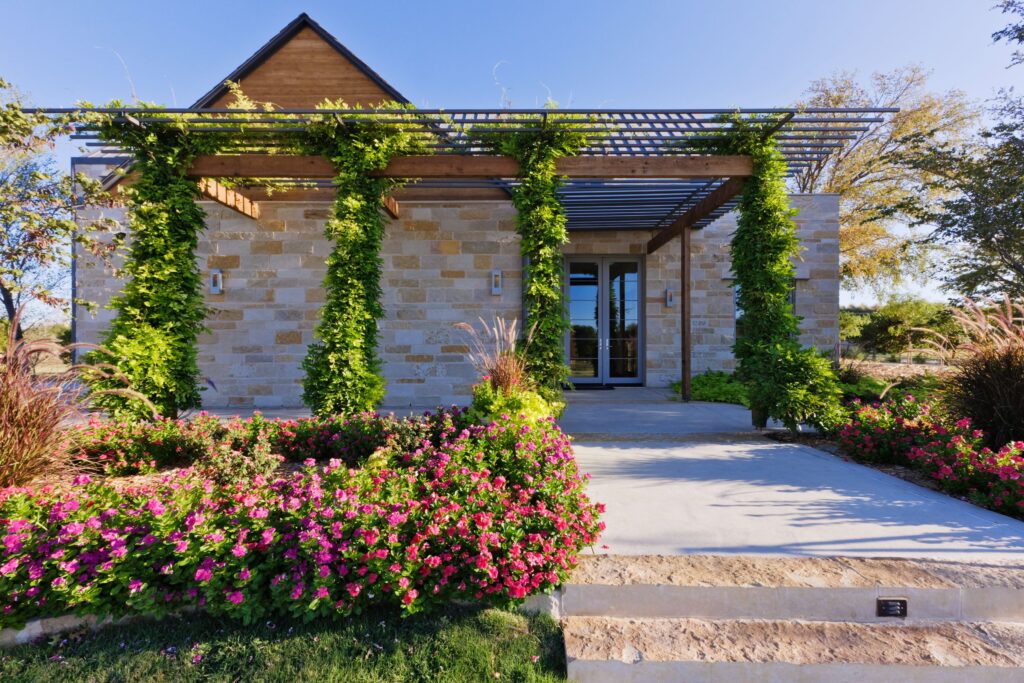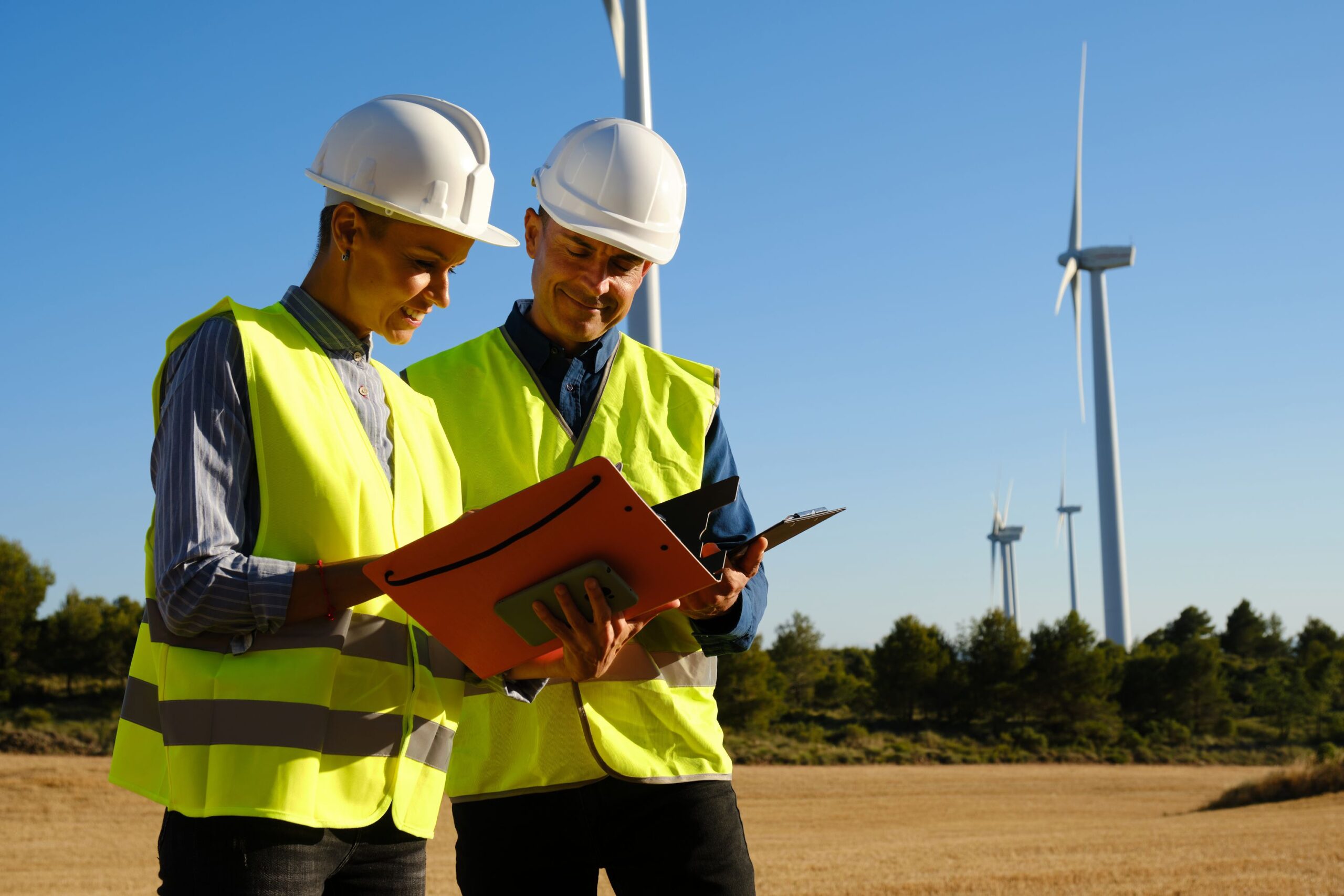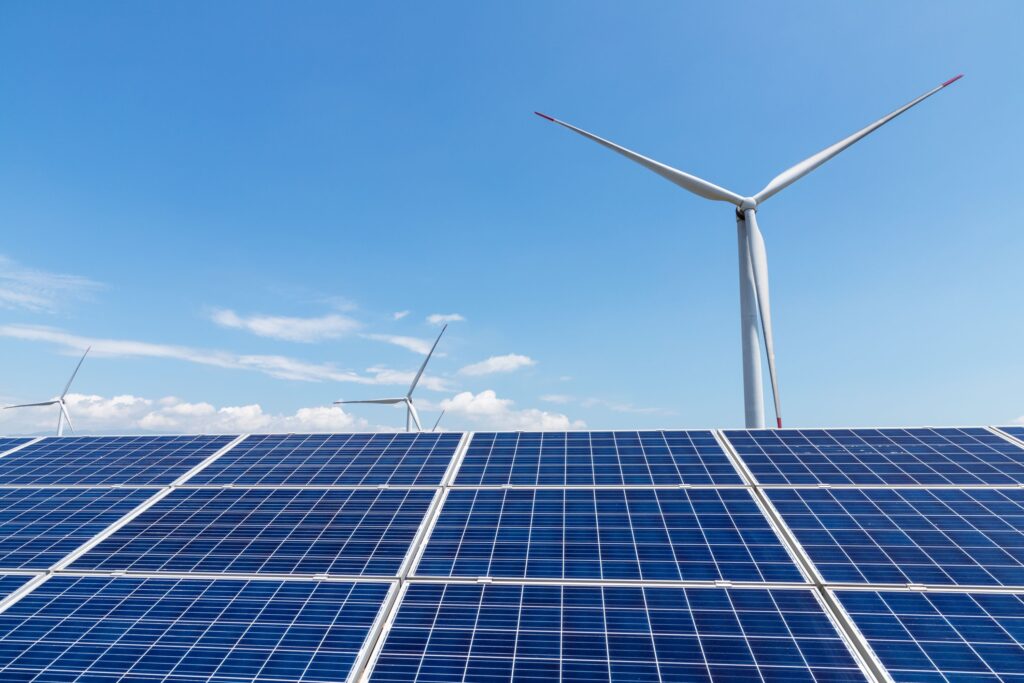Constructive Building Consultants understand what is needed to create energy efficiency for all types of buildings. Energy Efficiency is a term being used more and more throughout the building and construction industries, but few people might understand what this is. Energy efficiency simply means using less energy to perform the same task or produce the same result, eliminating energy wastage. This can bring a variety of benefits – reducing demand for energy imports, reducing greenhouse gas emissions, and lowering costs to individual households as well as economy-wide.
Examples of Energy efficiency in homes
Anywhere energy is used there is an opportunity to improve efficiency. Some products, like light bulbs, use less energy to produce the same amount of light, while some products don’t use energy directly, but they improve the overall efficiency and comfort of a house or building, such as Windows or Thermal insulation etc.)
Light Bulbs – LED Light bulbs used up to 80-90% less energy than an incandescent light bulb, while providing the same light output
Windows – can be made with materials that reduce heat exchange and air leaks, meaning you don’t need as much energy or heat or cool a space, improving the overall Thermal Comfort
Insulation – Adding more insulation to an attic space keeps the warm air inside from escaping in the winter, while in the summer it works to keep the hot air out. With good insulation levels, you won’t need to use as much energy to achieve thermal comfort
Smart Thermostats – Wi-Fi enabled devices that control heating and cooling within a home by learning your temperature preferences and schedule to automatically adjust to energy-saving temperatures when you are asleep or away. This can help to lower energy bills by not cooling or heating an empty house.
Power switches – Ensuring that all devices are switched off at the wall can ensure that power is not being consumed by devices that enter a standby mode, helping to eliminate energy wastage.
 Renewable Energy
Renewable Energy
Sources of energy that are not depleted by their use; Solar, Wind, Geothermal, and Hydropower, among others. For residential applications, the most likely renewable energy source to be harnessed is Solar for electricity, heating, and hot water. These renewable systems offer economic, health, and environmental benefits and can be produced with very low to zero greenhouse gas emissions making them a great source of improving energy efficiency within a home.
 What is Thermal comfort?
What is Thermal comfort?
Thermal Comfort refers to a state where most people feel comfortable when they are neither too hot nor too cold. When we assess Thermal Comfort within an Energy efficiency assessment it is referring to the comfort levels of the building’s construction before the addition of any mechanical heating or cooling elements (Air-conditioners etc). The result of this can determine if we would need to use energy to heat or cool an area/room to improve the overall comfort and the areas where efficient use of energy can be improved as currently heating and cooling account for approx. 40% of all household energy usage.
Are you ready to find out more about energy efficiency in your new residential or commercial building?
Contact us to answer your questions today.


